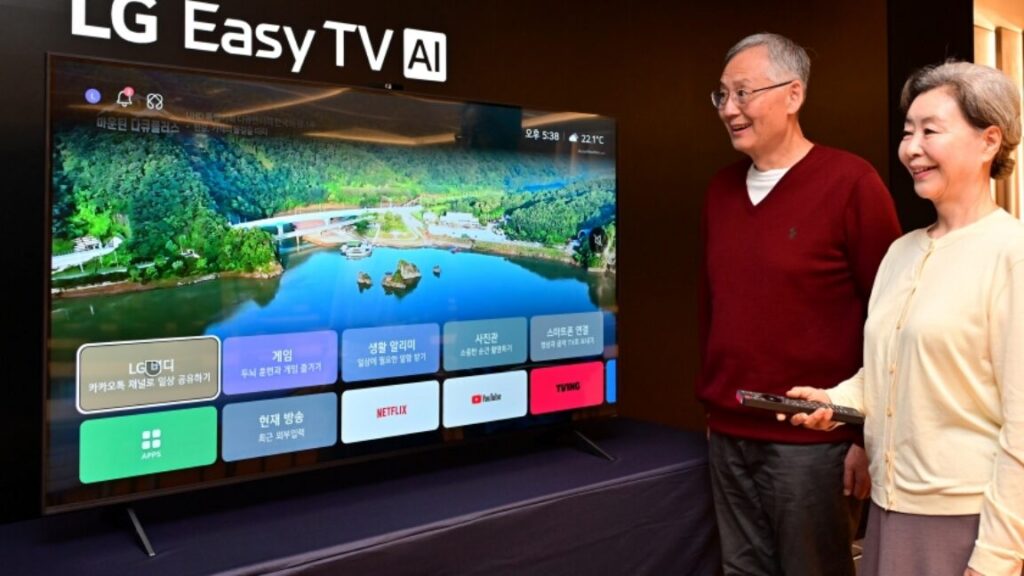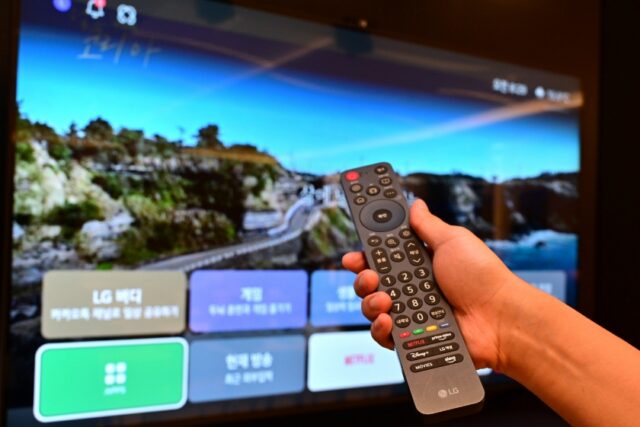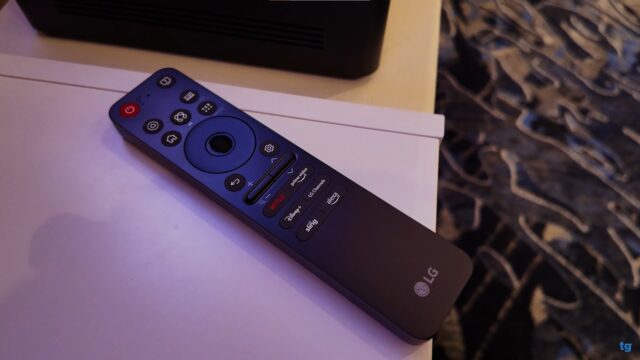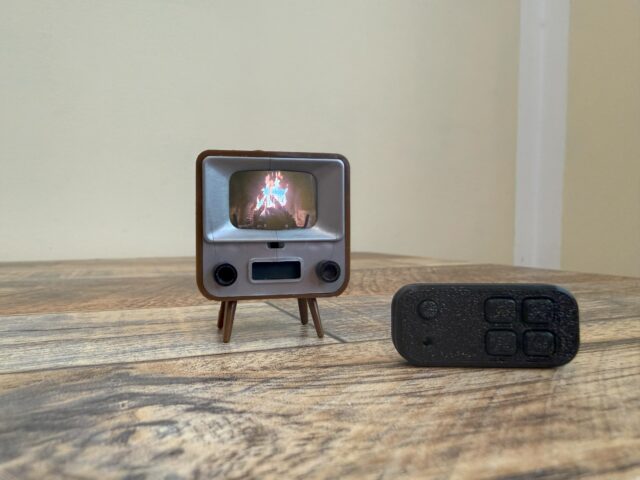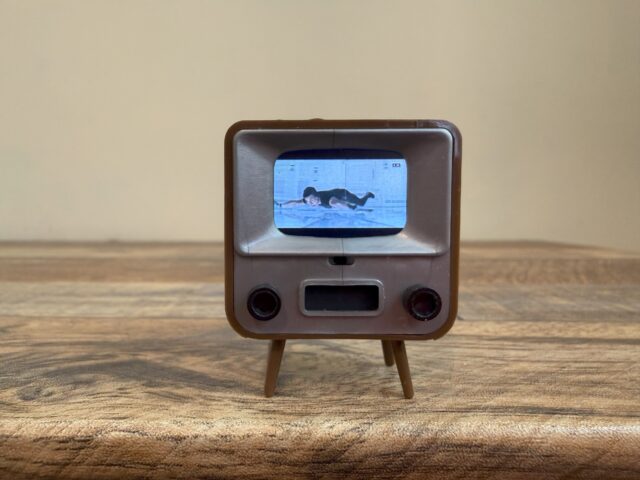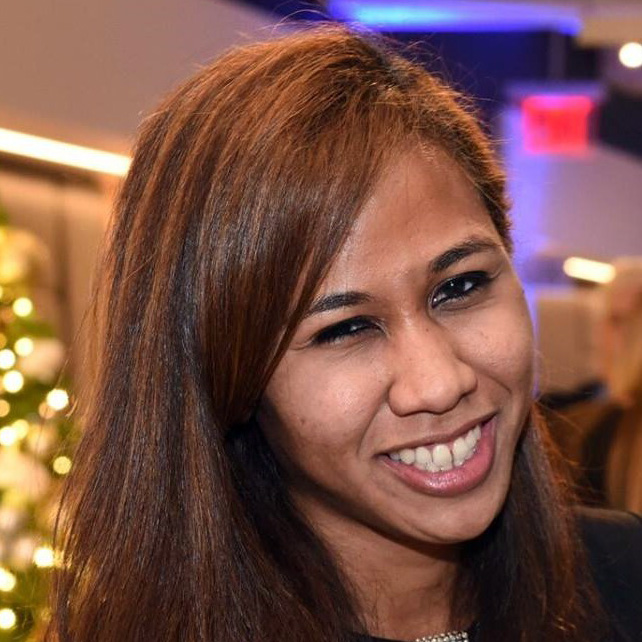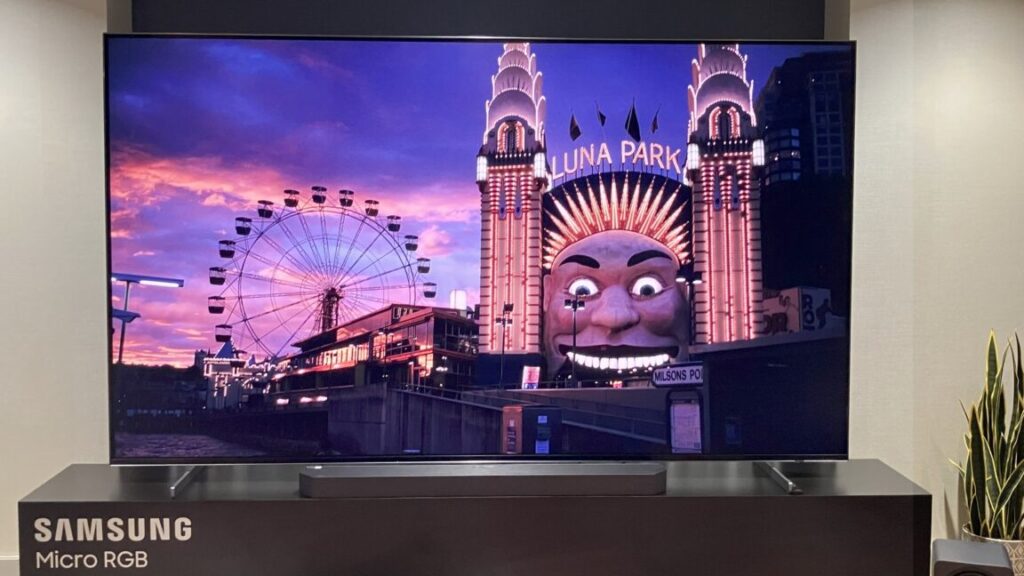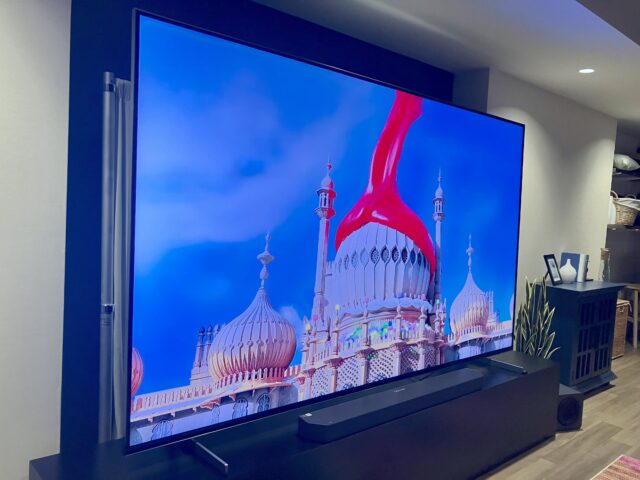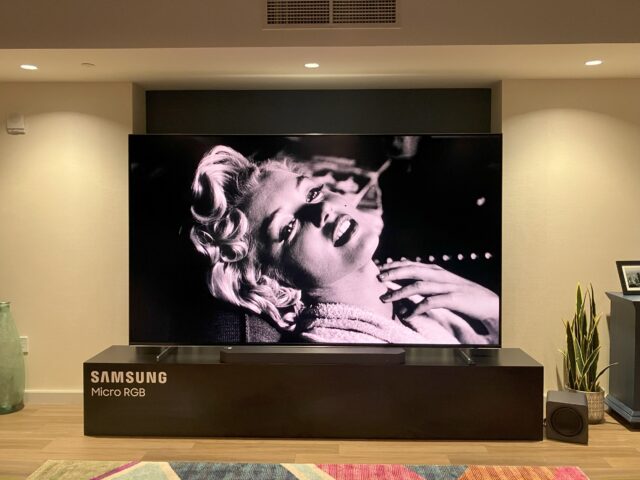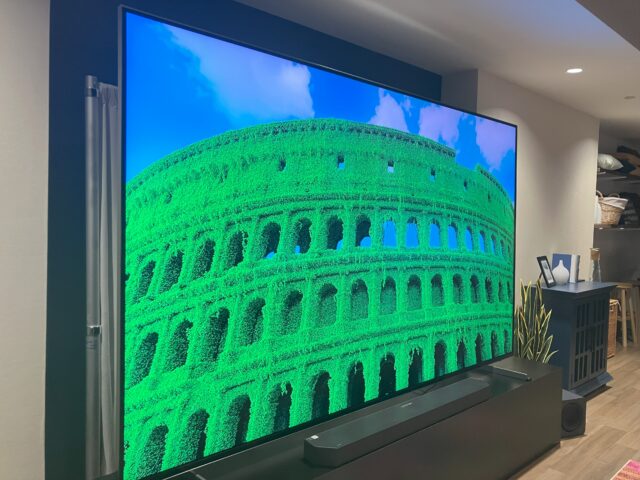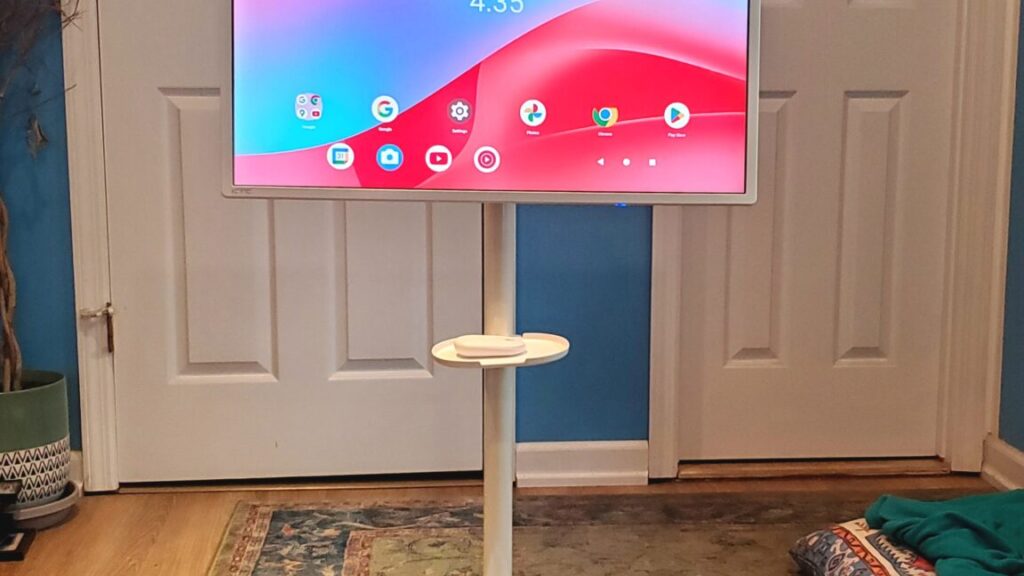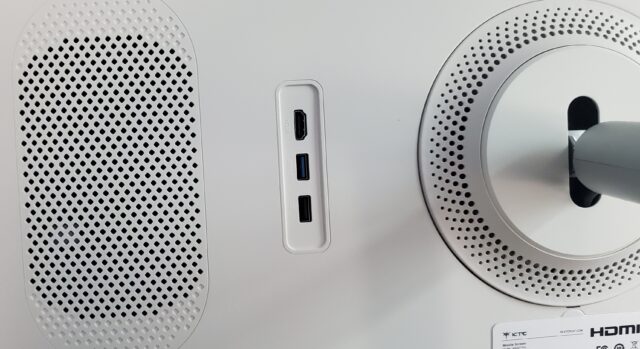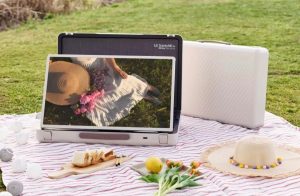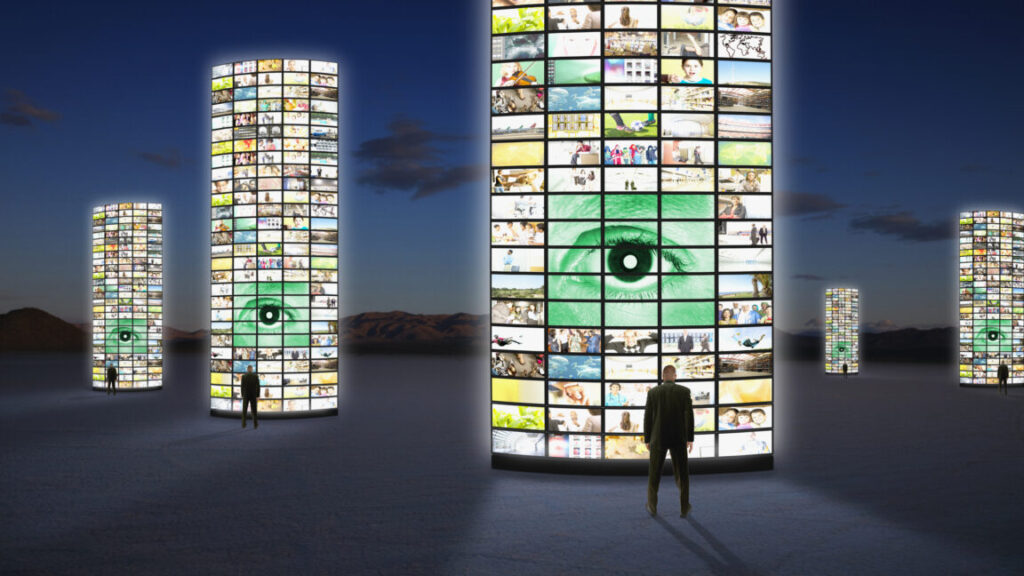New HDR10+ Advanced standard will try to fix the soap opera effect
Intelligent FRC takes a more nuanced approach to motion smoothing by letting content creators dictate the level of motion smoothing used in each scene, Forbes reported. The feature is also designed to adjust the strength of motion interpolation based on ambient lighting.
Dolby Vision 2’s Authentic Motion
HDR10+ Advanced’s Intelligent FRC sounds awfully similar to the Authentic Motion feature that Dolby announced for its upcoming HDR standard, Dolby Vision 2, in September.
Dolby’s announcement described Authentic Motion as “the world’s first creative driven motion control tool to make scenes feel more authentically cinematic without unwanted judder on a shot-by-shot basis.” Authentic Motion will be available on TVs that adopt Dolby Vision 2’s most advanced tier, which is called Dolby Vision 2 Max, and will target high-end TVs.
TechRadar reported in September that Authentic Motion will have 10 levels of motion smoothing, citing a demo of the feature applied to a scene from the Amazon Prime Video series Paris Has Fallen, which was shot at 25p. In the demo, the video reportedly went from level 5 motion smoothing during a tracking shot to level 3 when “the camera switched to tilting down gently,” to level 1 “as the camera settled,” and then level 0 “when the still camera watched the woman talk.”
Will this work?
We don’t have sufficient information about either HDR standard to be convinced yet that the technologies will improve the appearance of videos using motion smoothing, especially to viewers who are already put off by motion smoothing.
Giving creators greater control over when exactly motion smoothing is implemented and how strong it is could mean that the soap opera effect isn’t applied to scenes unnecessarily. But neither standard has proven that motion smoothing will look natural when applied at different scales to specific shots.
New HDR10+ Advanced standard will try to fix the soap opera effect Read More »

